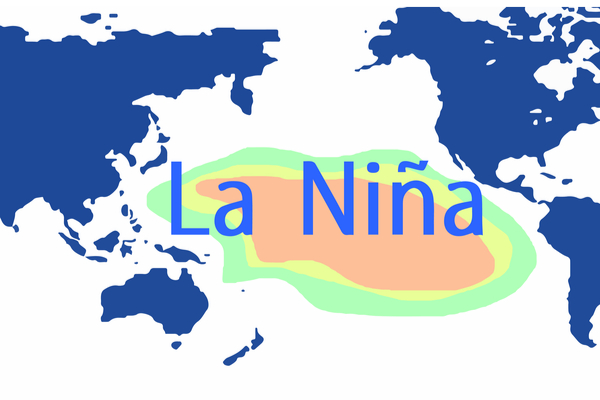For the third winter in a row, La Niña had a significant influence on the storm track and overall weather across North America, but the “triple-dip La Niña” may soon come to an end.
La Niña is part of a regular climate pattern called ENSO that occurs when the water temperatures near the equator in the Pacific Ocean are lower than average. The cool waters can alter the jet stream patterns on a global scale and are a major factor when AccuWeather forecasters make long-term predictions.
But changes are on the horizon. “Right now we’re still in La Niña, but it is weakening,” explains Paul Pastelok, Senior Meteorologist for AccuWeather. “The water temperatures over the eastern equatorial Pacific are starting to rise.”
If the water continues to warm, La Niña will end and ENSO will enter a ‘neutral’ state. If the warming trend persists, it could eventually lead to the formation of El Niño. Some weather models are indicating that El Niño could quickly replace the fading La Niña, but Pastelok warns that it’s still too early to say for sure due to something known as the spring predictability barrier.
“The thing is about this time of the year is coming out of the cold season, we don’t get good initialization a lot of times into the weather models,” Pastelok says. He added that the models might get false readings, which could have a ripple effect on the long-term forecasts.
This puts up a metaphorical barrier for forecasters, making it more challenging to predict La Niña and El Niño beyond a few months. “When we get to May or June, things start to get much better in the modeling,” Pastelok added. “We have a better understanding of what to expect going down the road.”
If La Niña quickly transitions to El Niño before the end of the year, it can have a significant impact on the tracks of storms and the overall weather patterns across North America compared to the past three years when La Niña was the dominant force.
In a typical El Niño pattern, moisture often targets California and the southern tier of the United States due to an active storm track. When El Niño occurs during a hurricane season, tropical development can be suppressed in the Atlantic due to disruptive wind patterns that often occur over the ocean.
—
Photo Credit: Adansijav Official / Shutterstock.com
